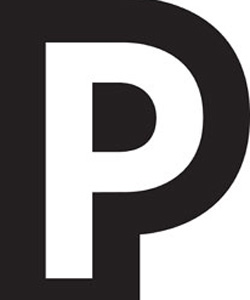Big brands make their TV debut after Ofcom rule change
Advertisers can now pay broadcasters to feature their clients’ brands in UK-produced television programmes, but one advertising expert predicts that product placement will be slow to take off.

TV programmes made for UK audiences can now contain product placement as long as they follow Ofcom rules.
Product placement in films and international programmes, including US dramas, has been allowed on UK television for many years.
Branding has already appeared on television in the form of props, but until now broadcasters could not be paid to feature products.
Product placement will be allowed in dramas and documentaries, TV series, soaps, entertainment and sports shows, under the rules.
But it will be banned in all children’s television and news programmes and in UK-produced current affairs, consumer affairs and religious programmes.
Ofcom’s broadcasting code bans tobacco, alcohol, gambling, foods or drinks that are high in fat, salt or sugar, medicines and baby milk from being used in product placement.
The communications watchdog has also banned the paid-for placement of products and services that cannot be advertised on TV, such as weapons or escort agencies.
Nescafe Dolce Gusto was the first product placement on TV following the rule change.
The coffee maker appeared in the background during a cookery feature on ITV’s This Morning.
Geraldine Coyle, managing director of the product placement agency Scenario, said the new code would raise the profile of the product placement industry in general.
“The Nescafe machine was the perfect product for This Morning,” she said. “It is exactly the right target market.”
‘P’ logo
Under Ofcom’s rules, television channels will have to broadcast a logo for three seconds at the start and end of programmes which have been paid to feature products.
Channels will also run information films explaining the introduction of product placement and what the logo means.
There must be “editorial justification” for a product to be placed in a programme.

That means the product must be relevant to what the programme is about and content shouldn’t seem to be created or distorted, just to feature the placed product.
Ms Coyle said that with some digital TV packages allowing viewers to skip adverts, product placement offers something new to advertisers.
“People are very unlikely to fast forward a programme or make a cup of tea at a crucial part of the programme.”
She predicts that vehicle companies will be particularly interested in product placement, while banks will be keen to get their cash machine on screen.
Ian Barber, the director of communications at the Advertising Association, said: “Product placement has to be a good thing if it is done in the right way. The Ofcom restrictions are very sensible.”
But Jocelyn Hay, honorary president and founder of Voice of the Listener and Viewer, said she is concerned about the changes to the broadcasting code.
“We think it will lead to a loss of trust in broadcasters,” she warned.
“Spot advertising is transparent, this is not. It is very subtly used.”
Expectations
Bob Wootton, the director of media and advertising, at advertisers’ lobby group ISBA welcomed the opportunities that the rule change provided.
But he predicted that product placement will take off slowly, based on the growth of programme’s “break bumper” sponsorship, which has built up a £200mn share of the £3.5bn television advertising spend over a 25 year period.
Mr Wootton said he hoped the advent of product placement would not spell the end for the prop placement industry as broadcasters seek payments from advertisers.
He said advertisers will only be prepared to spend large amounts of their advertising budget on product placement if they are offered something that is not already available.
“Any advertiser who is being asked to part with their money will have certain expectations,” he said.




